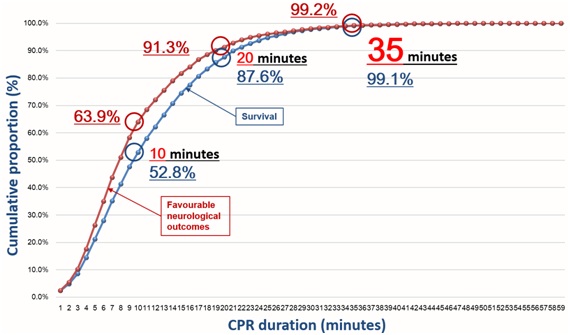 |
| iResus 2015 - now on iOS and Android RESUCITATION COUNCIL (UK). ILCOR |
The Resuscitation Council (UK) have developed a new version of the iResus app.
This free tool allows healthcare professionals to access the latest algorithms from the 2015 guidelines quickly and easily using any tablet or mobile device.
The app is lightweight and does not require an internet connection to function.
It can be downloaded via the Apple App Store or Google play.
Download the app in the link https://www.resus.org.uk/apps/iresus/
Download the app in the link https://www.resus.org.uk/apps/iresus/
Cortesía
EMS España / Emergency Medical Services en España
@EMSESP
EMS España / Emergency Medical Services en España
@EMSESP
Follow me / INVITA A TUS AMIGOS A SEGUIRNOS
https://www.facebook.com/drramonreyesdiaz
https://www.facebook.com/drramonreyesdiaz
















